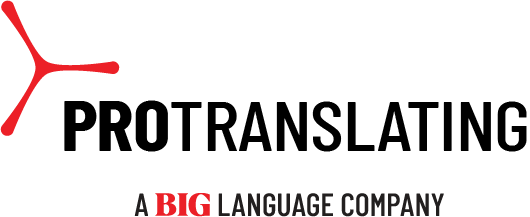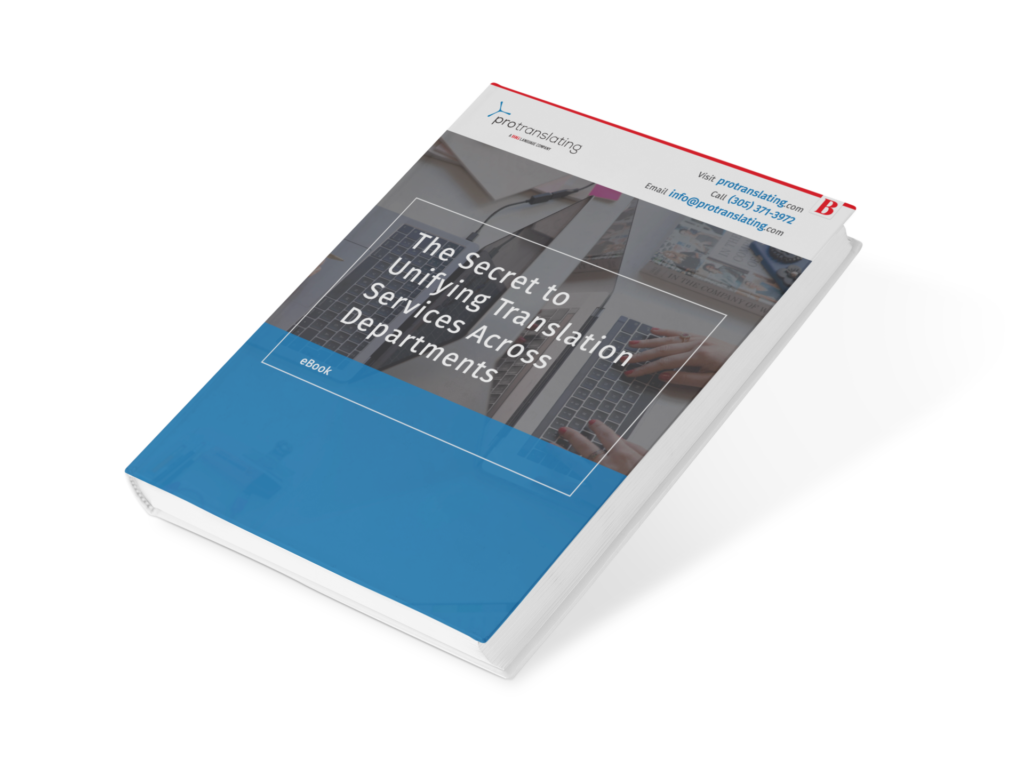For large organizations serving a global audience of employees and consumers, creating trainings and other content for these communities has historically been difficult. Authoring eLearning courses in multiple languages can be costly, time-intensive and inefficient, creating limitations when those organizations seek to train employees, educate consumers, and deliver their messaging to an international audience.
But authoring tools like Lectora have solved much of the friction that has plagued this process. Thanks to Lectora localization and translation capabilities, organizations can quickly replicate courses across any number of languages, and do so with speed and cost-efficiency.
Lectora’s authoring platform makes it easy to take one course’s source language and provide a translated, localized copy that can be published and presented to the company’s target audience. The combination of Lectora localization and translation improves the quality of translated courses by making sure their content is also appropriate for the culture being served.
Many organizations use Lectora in combination with the expertise of a language service provider (LSP) tasked with managing the course’s translation and localization. Here’s a look at how Lectora works, and how its platform can support your organization’s global ambitions.
How Lectora Localization and Translation Works
Using Lectora to translate and localize eLearning content is easy. The software provides a simple way to export all of your content into a single RTF file, which then serves as the source language document used by your LSP to create the translated, localized version of that content.
Once the RTF file has been exported, the file can be sent to your LSP, which handles the rest of the translation and localization. In some cases, organizations will need to send supplemental material, such as videos and other multimedia, to be translated and localized separately. Once the content has been localized for a new language, the Lectora platform offers a simple importing option to return localized content into the layout of your existing course.
After the content is imported, users will likely need to go through the eLearning course and make adjustments to the layout based on changes in text size. Lectora also offers an option to automatically increase text box size during the import, but you’ll still want to go through and make sure the formatting is correct.
Once everything is imported and the content has been reviewed, the course is ready for live-testing and publication.
Other Benefits of Lectora Translation
Lectora translation and localization is further boosted by one of the most feature-rich authoring tools on the market. Creating professional, engaging eLearning content is made easier by these features:
- Responsive design capabilities. Lectora now offers HTML5 output, which allows eLearning courses to run smoothly on any device or screen. Better yet, Lectora has an easy-to-use feature for converting existing courses into a responsive format, which is great for developers with a large library of course content.
- Integration with Camtasia. Camtasia’s well-regarded authoring software can be used by Lectora clients, enabling high-quality screen recording and editing, as well as video capture capabilities that other authoring tools lack. This allows Lectora to leverage some of the best features of Camtasia to support its own authoring experience.
- Real-time collaboration and comprehensive platform management. When working with an LSP to finalize localization of your course, collaboration features make it easy to work together even from remote locations. A built-in workflow and project management tools supports efficient course development and streamlined operations.
- Compatibility across desktop devices. Unlike some competing authoring tools, Lectora works with both Macs and PCs.

Tips to Optimize Lectora Localization and Translation
Most Lectora users find ways to optimize their translations through trial and error. But there are certain steps any organization can take to support Lectora translation and localization, resulting in fewer bumps in the road and greater start-to-finish efficiency:
- Conduct an audit for multimedia and other content that needs to be translated and localized. Your exported text document will have the bulk of your course available for translation, but some assets will need to be identified and addressed manually. Images, videos, graphics and color schemes may require modification even if they don’t feature any text or voice-over narration. Another common oversight: Failing to address instructional manuals and how-to videos that give U.S. standard measurements and units instead of the more widely-used metric system.
- Polish your source language content before handing it over to your LSP. Sloppy grammar and superfluous words and sentences don’t make the task of translation and localization any easier, and they could ultimately hurt the overall quality of your eLearning course. Your LSP may be an authority on language, but polished source text will put them in better position to succeed.
- Anticipate text expansion or shrinkage, and adjust layouts accordingly. Responsive designs help out somewhat in this department, but it’s still smart to estimate the kind of changes in text size your eLearning course or presentation is facing. English to German, for example, can expand text by as much as 50 percent. English to French, meanwhile, adds about 25 percent additional text, while English to Russian typically results in minimal size changes. Your LSP will likely have an estimate for these size changes, which you can use to explore potential adjustments to your layout.







